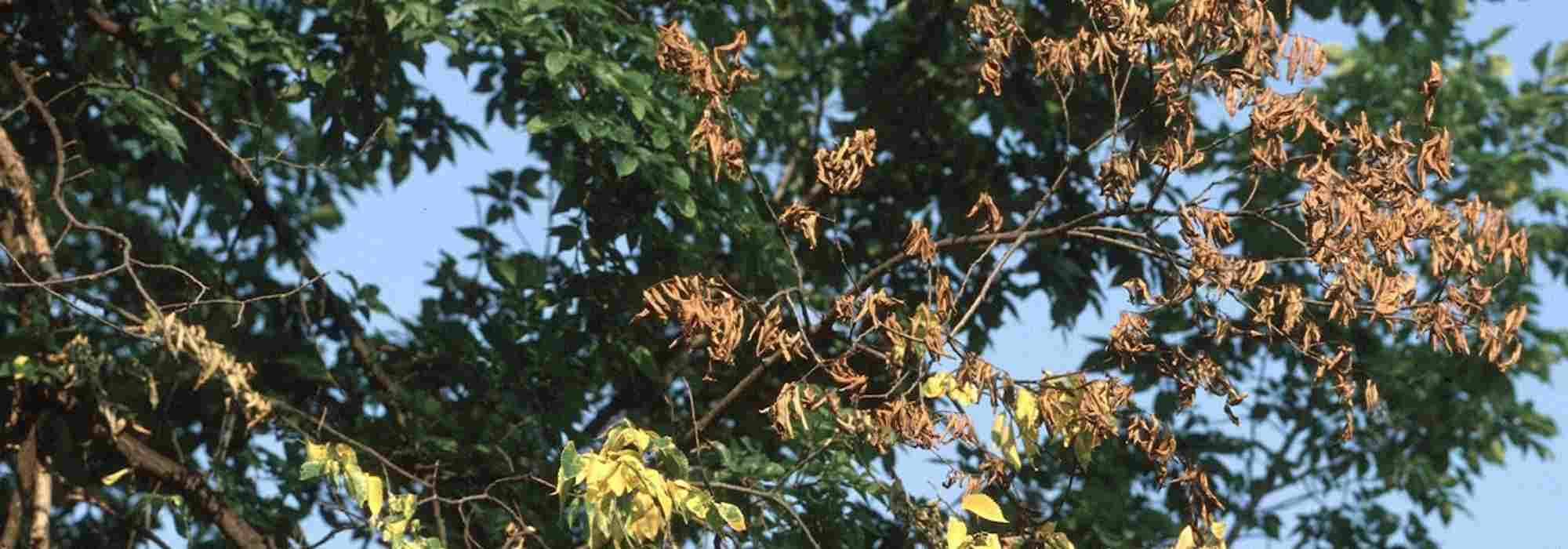
Dutch elm disease: identification and treatment
our tips
Summary
Elm graphiosis or Dutch elm disease is a sadly notorious disease that literally devastated European populations of mature elms in forests, along roads, in bocage hedgerows or even on village squares.
It first appeared in the Netherlands in 1917 and reached North America around 1940 before returning to western Europe in the 1970s. Fungi responsible for graphiosis Ophiostoma ulmi or O. novoulmi (in England) block vessels conducting crude sap and cause rapid decline of elms. They are transmitted by coleopteran insects, the bark beetles (Scolytidae), which come to lay eggs under the bark, especially when a tree is stressed.
Which species are susceptible to Dutch elm disease?
English elm (Ulmus procera) which reproduces vegetatively (by suckers or propagation by cuttings) has completely disappeared from England within 10 years. This species was widely planted along roads in France by Sully (1559-1641) under reign of Henry IV, conscious of need to restore elm forests felled for artillery, but also to hold soil along roads and for many other uses (wood, fodder…). As species has the same genetic material, no specimen resisted the parasite even in France.
Ulmus glabra and minor have not been completely decimated thanks to genetic mixing. Shoots from the stump of some trees have been spared, but for how long? In any case, hybrids that appear to be resistant to Dutch elm disease have emerged, such as :
- Ulmus LUTECE® ‘Nanguen’ (Resulting from cross fertilization of 6 French varieties, one English and one Chinese),
- Ulmus RESISTA® ‘Sapporo Gold n°2’,
- Ulmus VADA® ‘Wanoux’,
and the small Chinese species Ulmus parvifolia, often used in bonsai art, is also tolerant.
You may also read
Elm, Ulmus: planting, pruning and careHow to recognise Dutch elm disease?
- In spring or summer, sudden yellowing is followed by drying out of branches at top of tree. These diebacks progress downward until entire tree has lost its leaves and dies within less than a year. Leaves remain attached to branches for a while and fall in July–August. In older specimens, branch tips curl into croziers called « houlette de berger ».
- The following year, only a few buds burst, producing reduced leaves; bark sometimes splits and peels away in long strips.
- In cross-section of trunk or dead branch, coloured zones bounded by the tree rings can be seen, sometimes with small black dots in the wood vessels.
- Under the loosened bark of trunks or dead branches, a characteristic pattern is etched into the wood showing a vertical line from which more or less sinuous galleries branch out on either side of this central line. This network is excavated by the female bark beetle and then by the larvae hatched from her eggs, which pupate and emerge through 2–3 mm holes visible on the bark.
Note : Most bark beetles found on fruit trees (Olive, Fig, Almond, Apple…) or in resinous forests (Pine, Spruce, Larch…) do not necessarily transmit disease but halt sap flow by excavating galleries in the cambium (layer of cells producing the new sap-conducting vessels) and the wood, sometimes leading to tree death.
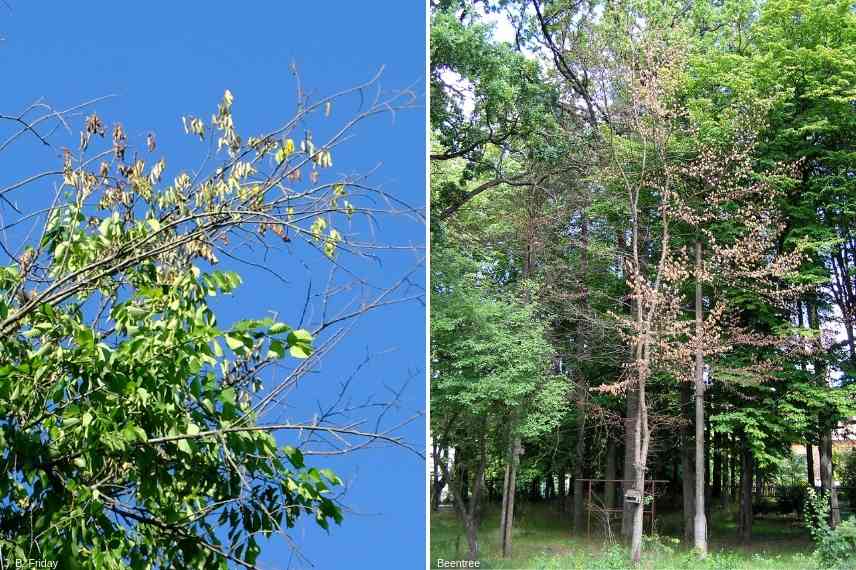
Discover other Ulmus - Elm
View All →Available in 2 sizes
Available in 1 sizes
Available in 2 sizes
Available in 1 sizes
Available in 1 sizes
Available in 1 sizes
Available in 1 sizes
Available in 1 sizes
Available in 1 sizes
Factors favouring graphiosis
Dutch elm disease is transmitted in Europe by two species of bark beetles which are small black beetles streaked with grey or black, attacking either the trunk and large branches for the large elm bark beetle (Scolytus scolytus), or the young twigs for the small elm bark beetle (Scolytus multistriatus).
There is another bark beetle species, a vector of Dutch elm disease in North America Hylurgopinus rufipes. These small beetles, 2 to 7 mm long, most often set about decomposing dead wood in association with microscopic fungi. All it takes is for a tree to suffer drought for it to emit substances called plant hormones, which attract insects just like the smell of freshly cut wood or dead wood. Therefore, trees weakened by repeated droughts generally attract bark beetles.
You may also read
Canker of trees and fruit treesControl and treatment of Dutch elm disease
Insecticidal or fungicidal treatments are ineffective once bark beetle is well sheltered under bark and has infected tender wood. Cessation of sap flow causing death of branches can, however, be followed by appearance of suckers from the stump that allow elm’s life to be prolonged, at least until trunk reaches 20 cm in diameter.
To combat Dutch elm disease :
- Cut dead or weak branches from elms that primarily attract bark beetles.
- Of course remove twigs that suddenly dry out and burn them quickly to kill any larvae.
- Ensure tree is well watered during prolonged drought and provide compost at the edge of the crown where the absorbent roots are located, to give it vigour.
- Installing pheromone traps to divert adult bark beetles and prevent them laying can be effective. There are traps for diverting both xyleborines and bark beetles, notably to protect fruit trees.
Did you know?
It appears that elm populations already underwent a significant decline in north‑west Europe nearly 6,000 years ago, according to pollen studies. This phenomenon was probably caused by a disease similar to Dutch elm disease. Thus some botanists believe that planting restricted to resistant elm clones could have more serious consequences for preservation of elm than conserving many specimens with varying tolerance to the disease.
- Subscribe!
- Contents
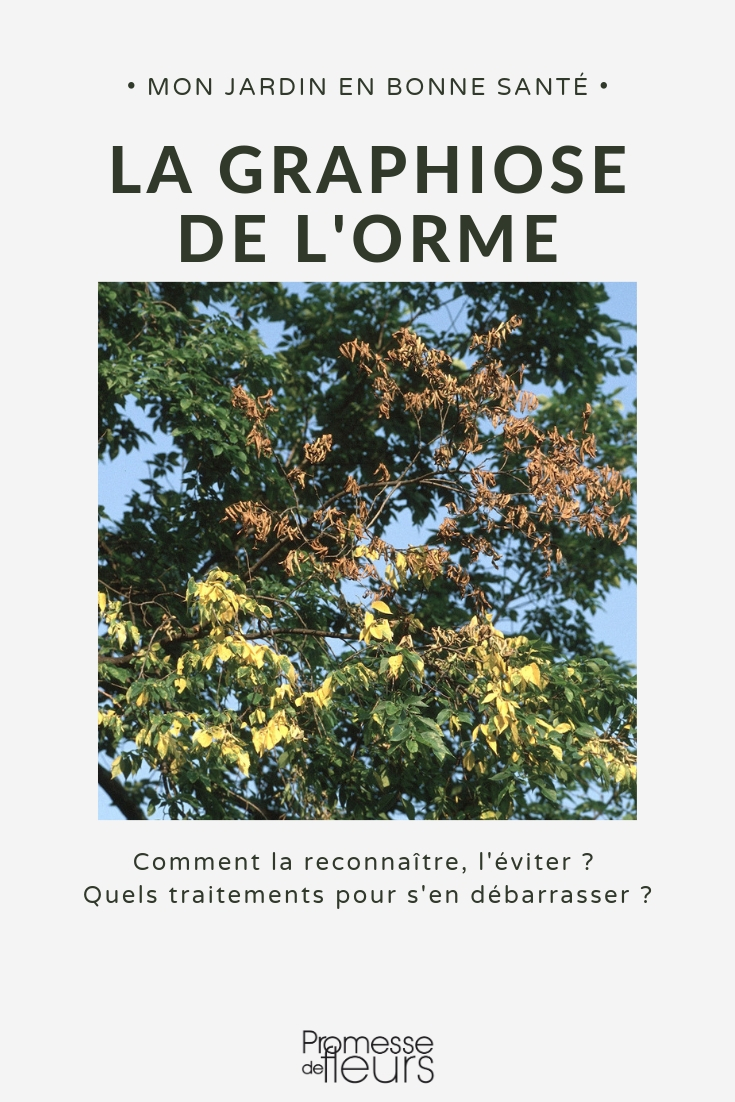































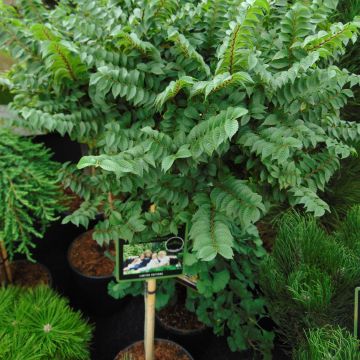
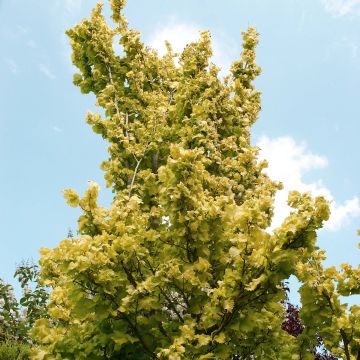
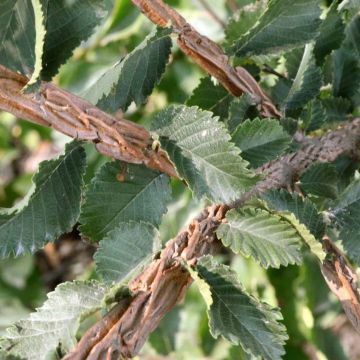
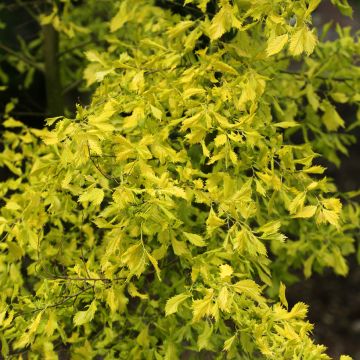
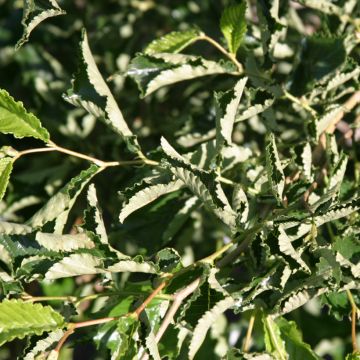
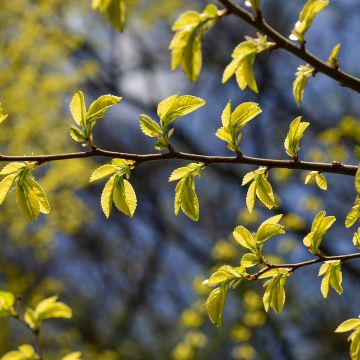
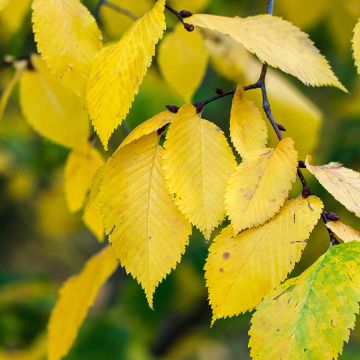
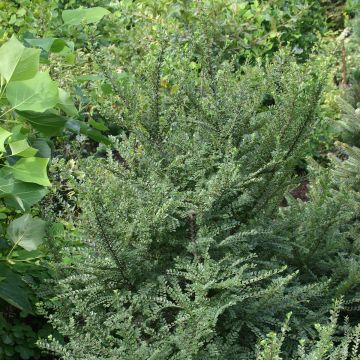
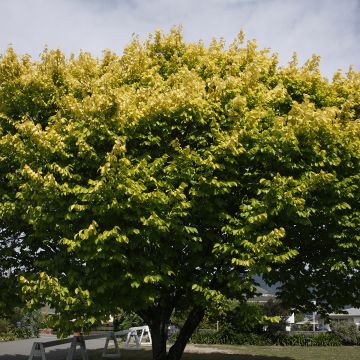
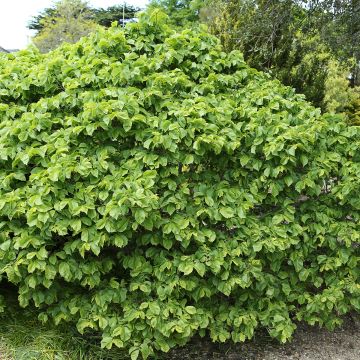
Feedbacks